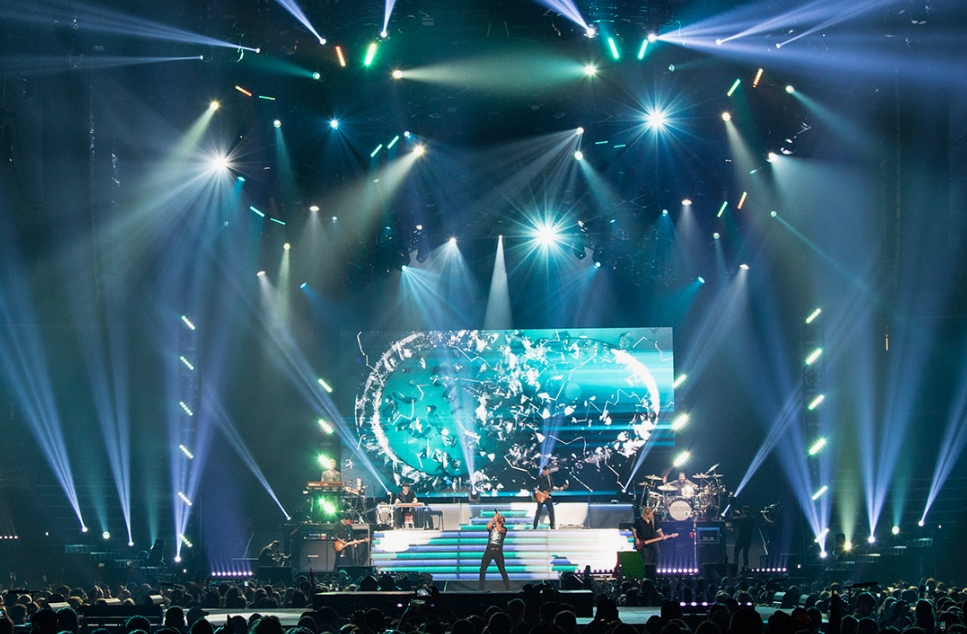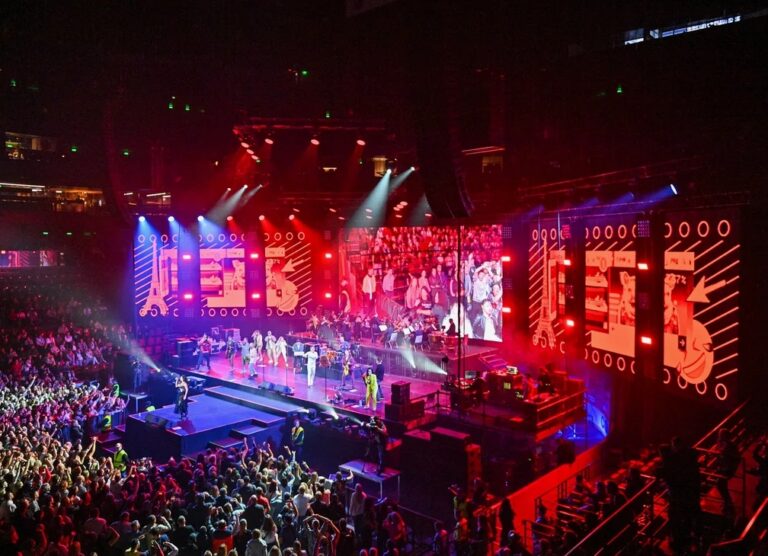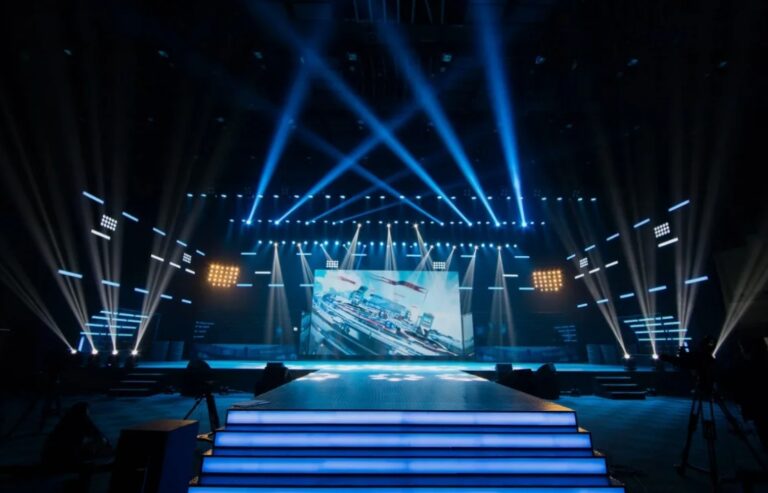Table of Contents
- Technological Advancements and Market Adoption
- Expansion of Application Areas
- Balancing Product Performance and Cost-Effectiveness
- Pricing of P1.2 Indoor LED Displays
With continuous technological advancements, indoor LED display technology has reached new heights, particularly with the P1.2 small-pitch LED display. Renowned for its superior performance and wide range of applications, it has become a hot topic in the industry. This article will explore the technological advancements, expansion of application areas, balance between product performance and cost-effectiveness, future development trends, and product innovation and differentiation of P1.2 indoor LED displays.

Technological Advancements and Market Adoption
The emergence of P1.2 small-pitch LED displays marks a significant improvement in the clarity and image quality of LED display technology. With a pixel pitch of just 1.2mm, these displays offer extremely high resolution and an unparalleled viewing experience. As production technology matures and costs decrease, P1.2 displays have begun to spread from high-end markets to broader application scenarios, gradually becoming the preferred display solution for various indoor and outdoor settings. What is a fine pitch LED display?
@led_display_china Advanced technology and features of LED displays! #LED #display #technology
Expansion of Application Areas
P1.2 indoor LED displays are not only suitable for traditional advertising and information display but also serve as ideal choices for venues like conference rooms, auditoriums, and cinemas due to their high pixel density and seamless splicing capabilities. In these environments, P1.2 displays provide high-definition, lifelike images, enhancing the visual experience for audiences. Moreover, with the rise of creative display projects, the application of P1.2 displays in unconventional, three-dimensional, and differentiated display designs is gaining increasing attention. Take you 5 minutes to understand the LED display in the conference room.
Balancing Product Performance and Cost-Effectiveness
Although P1.2 displays boast exceptional performance, their relatively high cost has somewhat limited their promotion in wider markets. Industry discussions focus on how to maintain high performance while reducing costs through technological innovation and improved production efficiency to achieve a better cost-effectiveness ratio. Some companies have already begun exploring the use of new materials, processes, and designs to optimize product performance while controlling costs. Provide you with the price range of commercial LED display.

Pricing of P1.2 Indoor LED Displays
The price of P1.2 indoor LED displays is influenced by several factors:
- Size and Resolution: The size and resolution of a P1.2 LED display directly impact its price. Larger sizes and higher resolutions typically command higher prices as they require more LED modules and control systems.
- Pixel Density: P1.2 LED displays have an extremely high pixel density, leading to higher manufacturing costs. The smaller the distance between LED pixels, the higher the manufacturing and assembly costs.
- Brand and Manufacturer: Different LED display manufacturers vary in brand recognition, product quality, and after-sales service, all of which affect the price. Renowned brands generally have higher prices but also offer more reliable products and services.
- Customization Needs: If the customer has special customization needs, such as unique shapes, materials, or designs, manufacturing costs will increase further, affecting the price. Customized LED digital screen, what to consider?
- Technical Features: P1.2 LED displays may include advanced technical features like high brightness, high refresh rates, and multi-touch capabilities, which also influence the price.
Estimated price ranges:
- Small sizes (e.g., 1 square meter): Approximately $5,000 to $10,000.
- Medium sizes (e.g., 3 to 5 square meters): Approximately $15,000 to $30,000.
- Large sizes (e.g., 10 square meters and above): Approximately $40,000 to $80,000.
Due to market price fluctuations and regional differences, it is difficult to provide a specific figure. The exact price needs to be determined based on the aforementioned factors and the supplier’s quote. If you need more detailed pricing information, it is recommended to contact local LED display suppliers or manufacturers for the latest quote.
In conclusion, the P1.2 indoor LED display, with its advantages in technology, application, cost-effectiveness, and innovation, has become an important development direction in the LED display industry. As technology continues to advance and market demand continues to grow, P1.2 displays will continue to lead industry trends, bringing users a richer and more vibrant visual experience.





